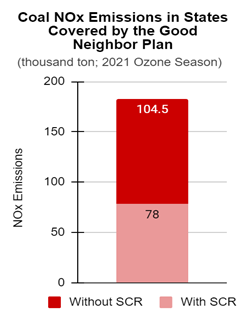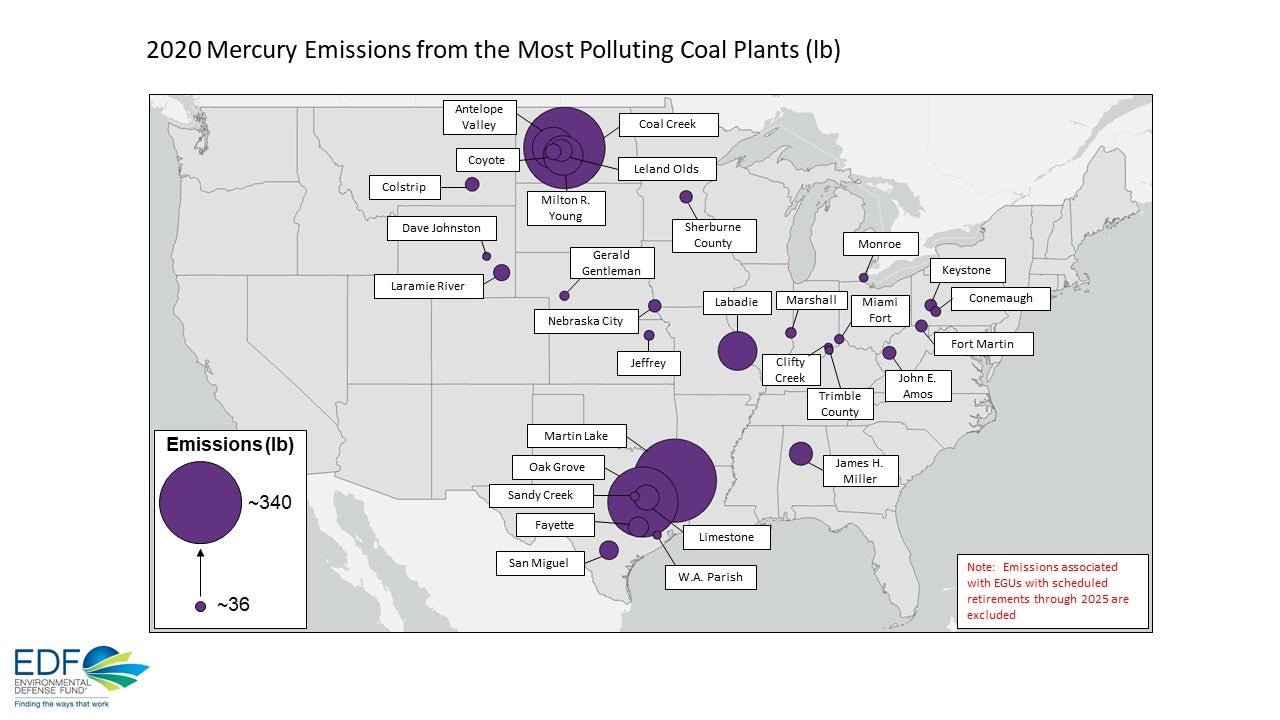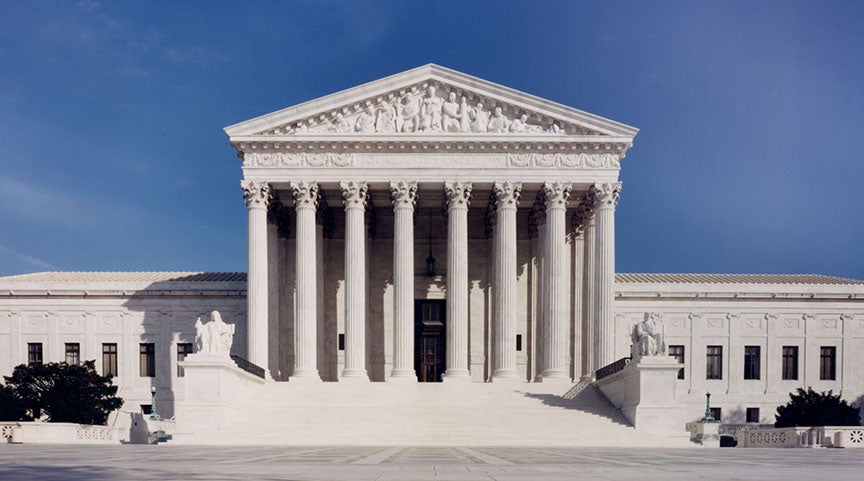 (This post was co-authored by EDF analyst Jolie Villegas)
(This post was co-authored by EDF analyst Jolie Villegas)
The U.S. Environmental Protection Agency (EPA) just finalized its Good Neighbor Plan this month and that means millions of people in downwind states will be protected from unhealthy smokestack pollution that blows across state lines.
The new plan will significantly reduce smog-forming nitrogen oxides (NOx) pollution from fossil fuel power plants and industrial sources in 23 states.
EPA’s action addresses an urgent problem: NOx pollution from power plants without modern pollution controls. As depicted below, well over half of the NOx pollution from coal units in states covered by the Good Neighbor Plan is from coal units without modern pollution controls.

Graphic: EDF












